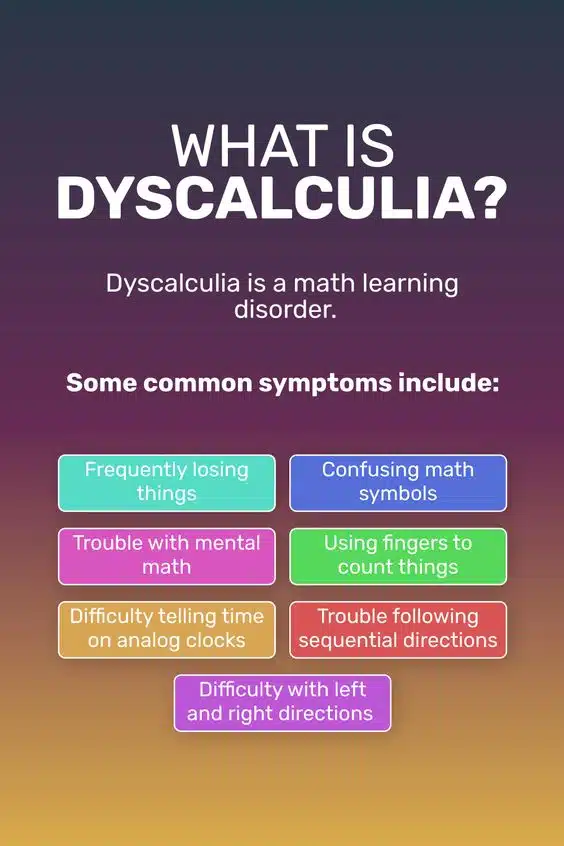Let’s take a look at how orthographic knowledge helps kids in real life. Here’s a short story about Emma, a 2nd grader with dyslexia:
- Emma struggles with reading and writing. Words often look jumbled, and she has trouble remembering how to spell them correctly.
- Her teacher introduces activities to build Emma’s orthographic knowledge. They practice recognizing word patterns, breaking words into smaller parts, and visualizing the correct spellings.
- As Emma’s orthographic knowledge grows, she starts to read more fluently. She recognizes familiar word patterns and can write with fewer spelling errors.
- Emma gains confidence in her abilities. Reading and writing become less frustrating, and she enjoys learning new words.
With the right support and strategies, kids like Emma can strengthen their orthographic knowledge and become more successful readers and writers.














